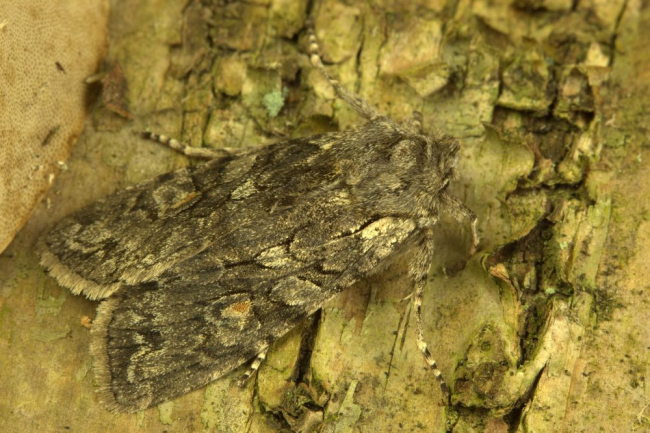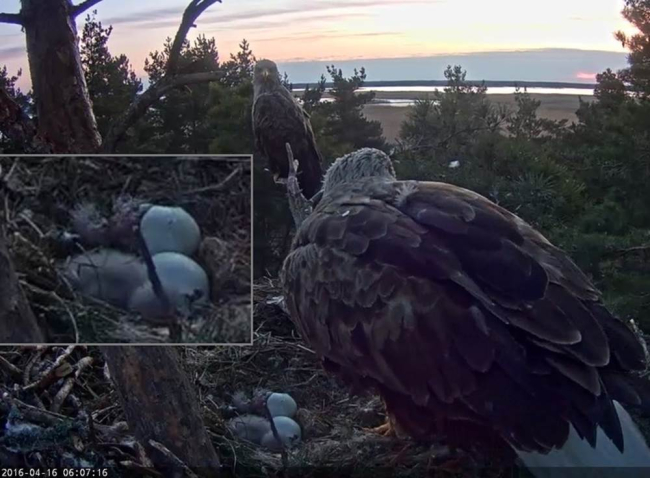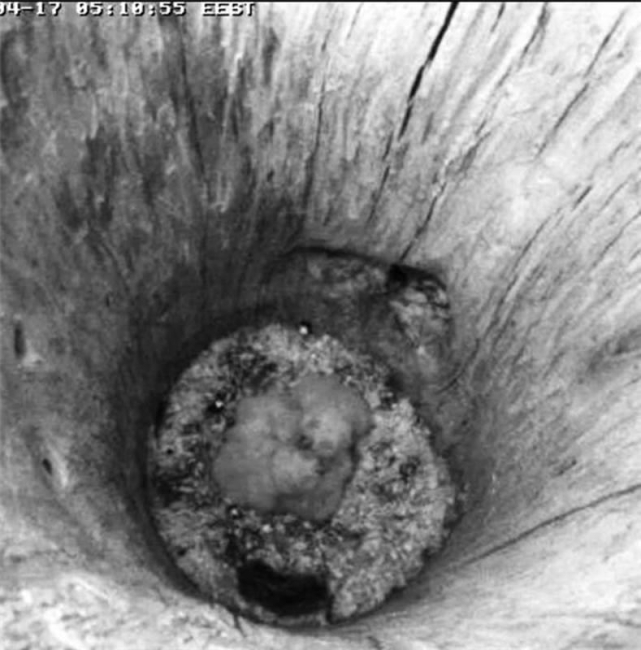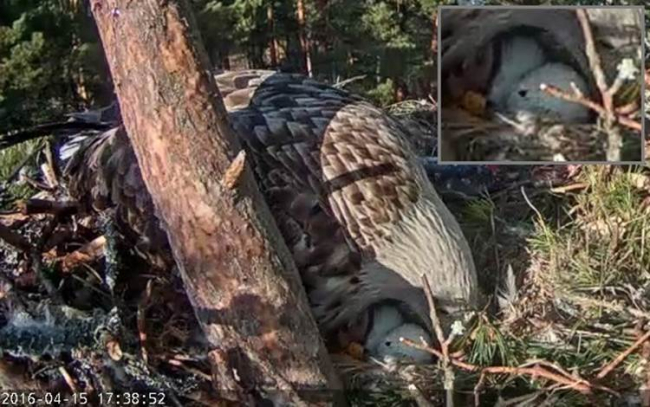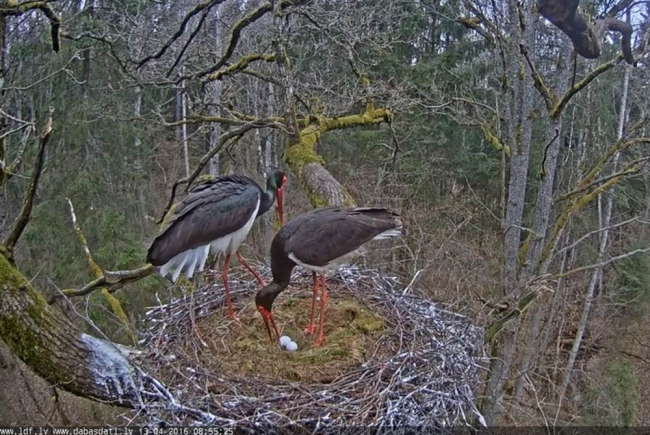At the end of the red deer webcam season
Ending story Tiit Hunt, www.rmk.ee
Translation Liis
Uno recently found one of the antlers that Hubert shed in February last year.
The red deer camera ends this season.
We will be able to observe the doings of the red deer again in the beginning of September when the powerful mating roars from the male deer again resound from the fields and forests, and the antler-rattling of rivals is heard.
Hubert, the largest of the twenty-member deer flock that visited the feeding ground, shed his antlers already in mid-February and by mid-May the old antlers had fallen from even the youngest members of the flock.

